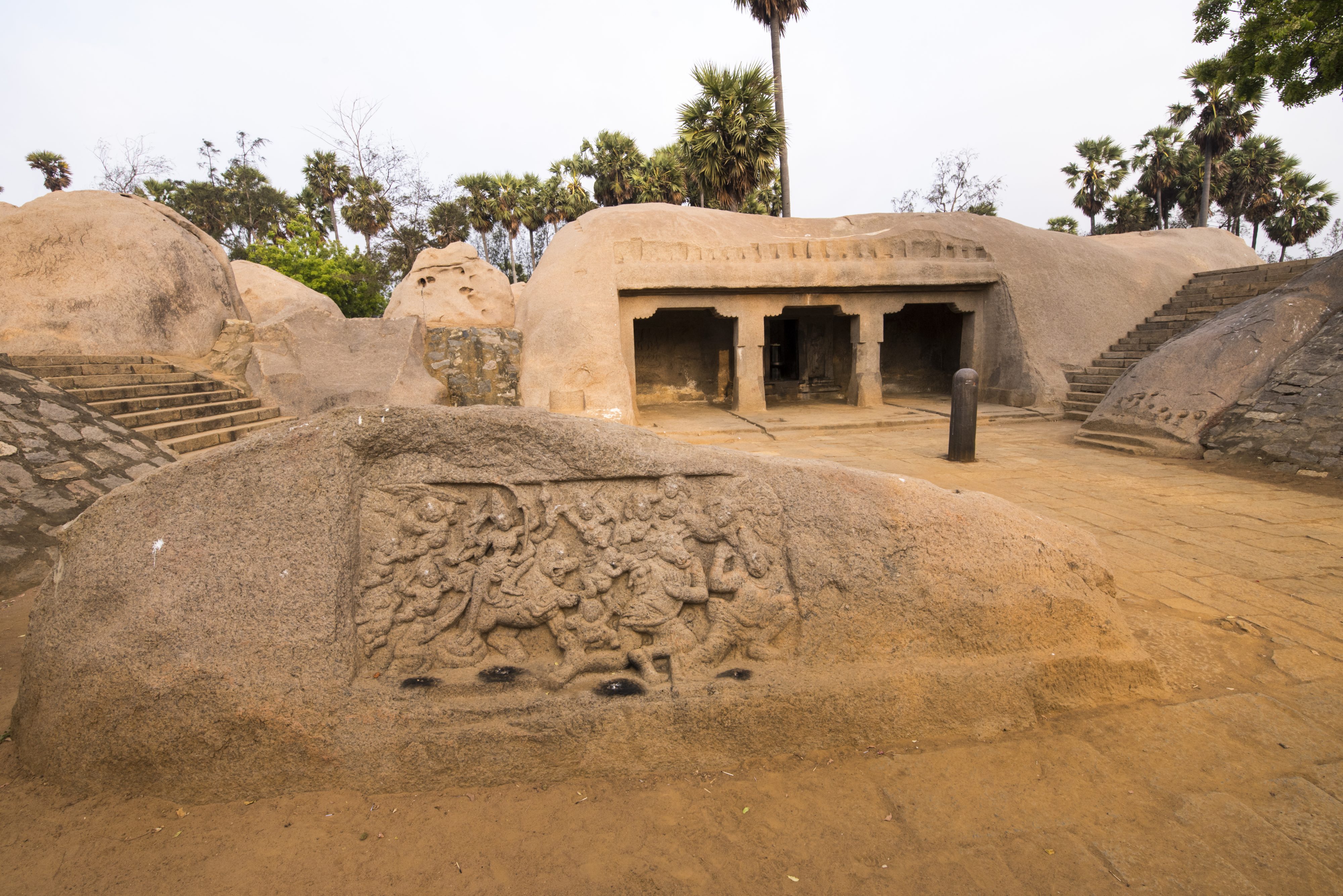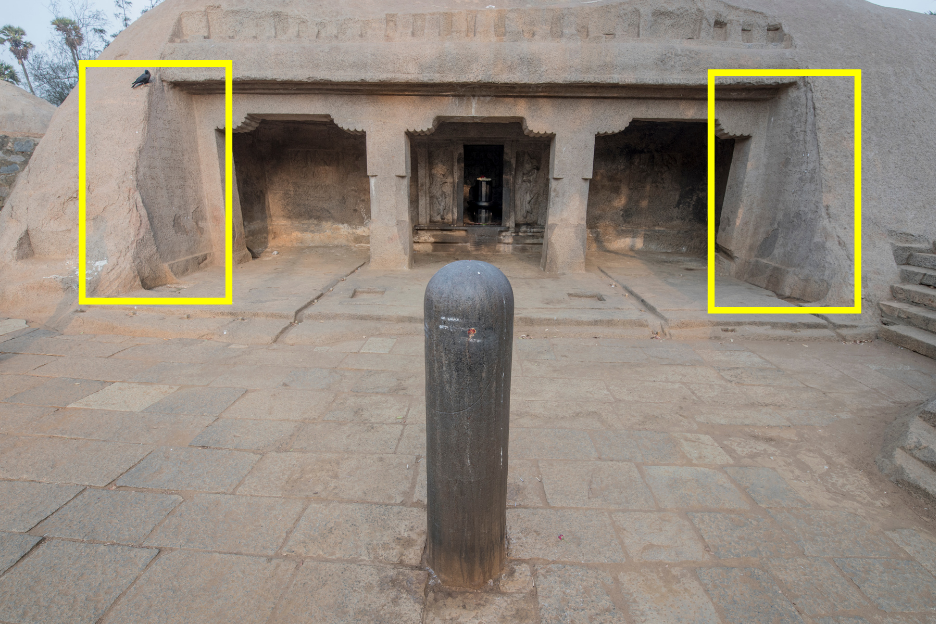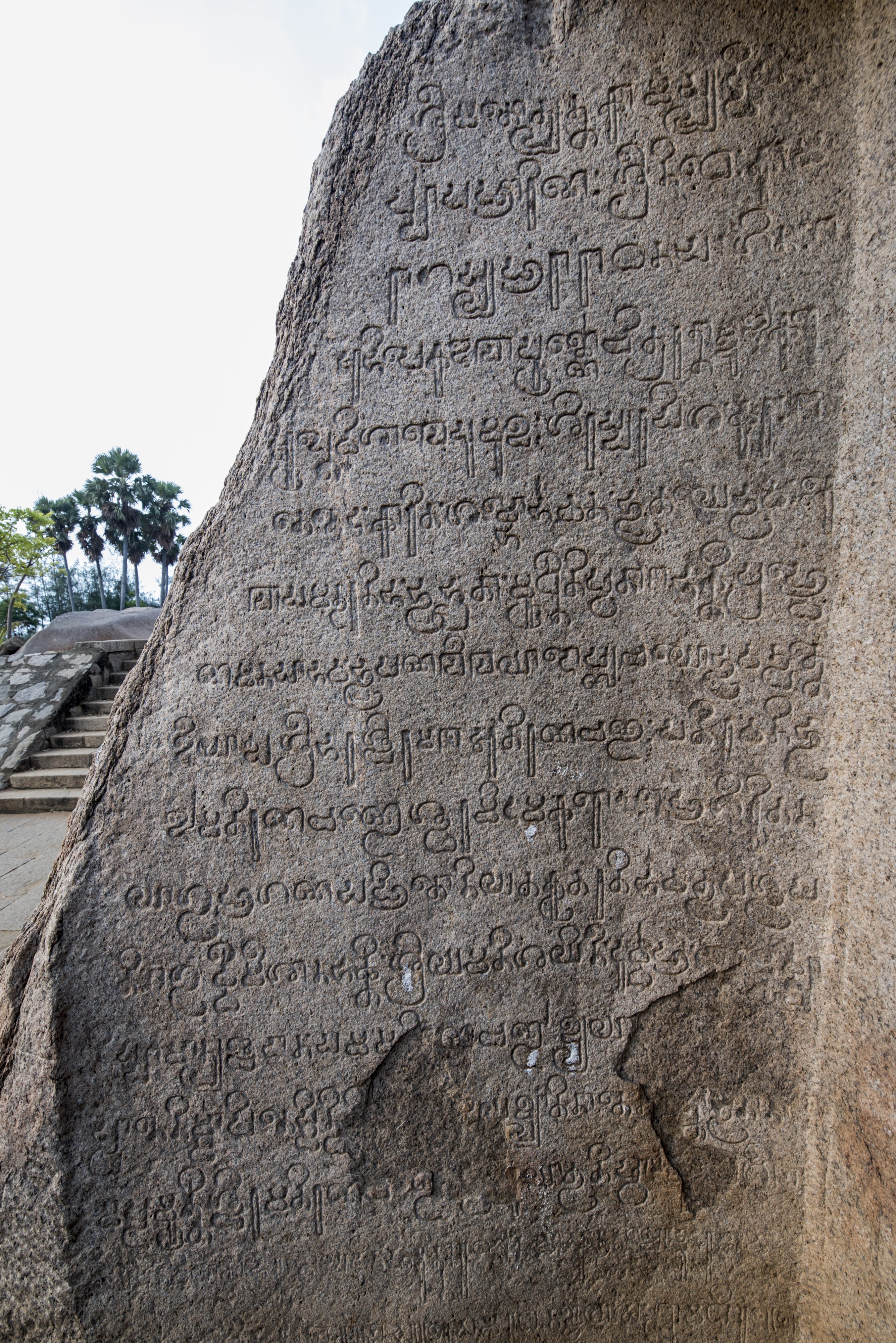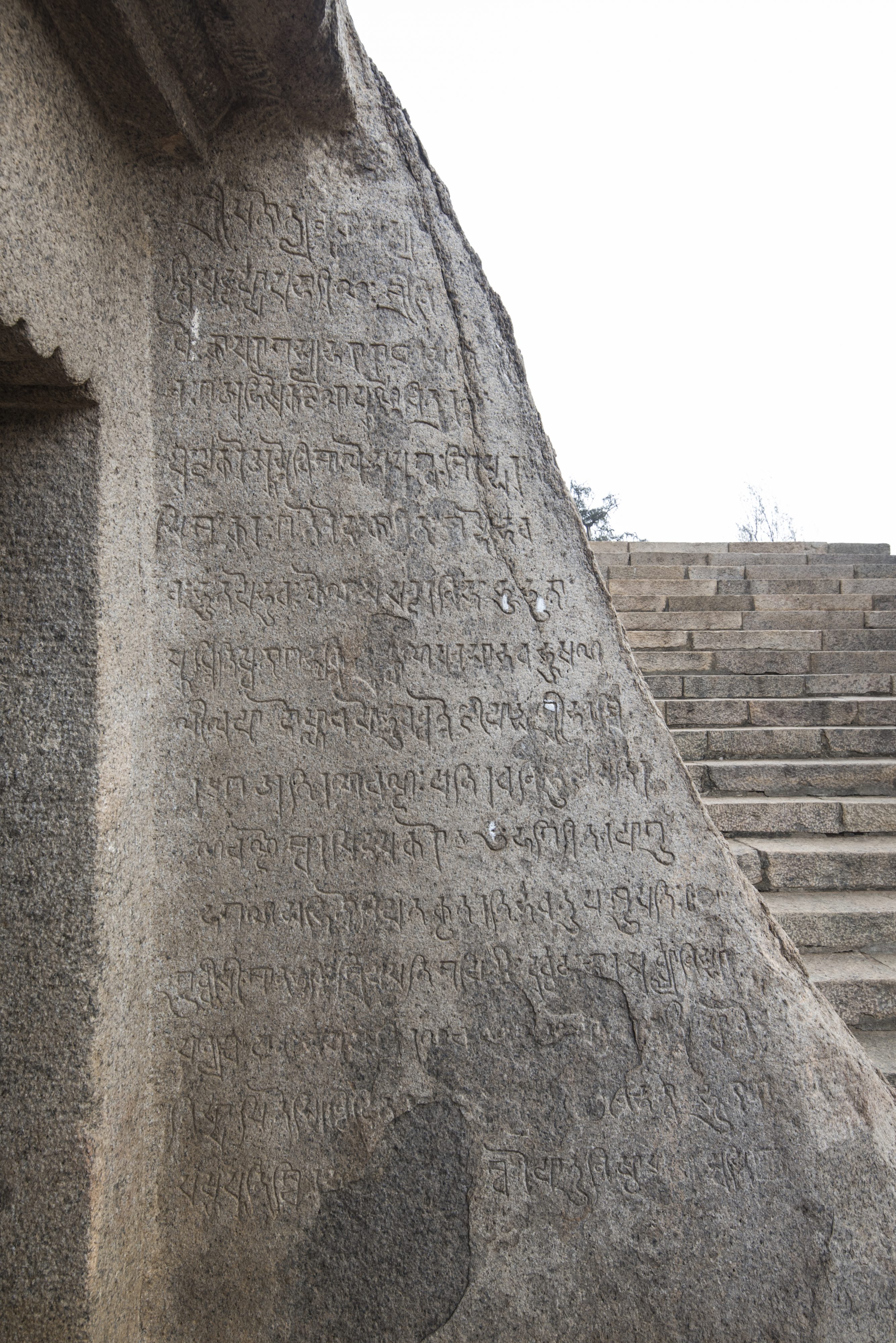Against all odds: The Danes in Tranquebar
ADMIN , JULY 16, 2019 , Comments Off on Against all odds: The Danes in Tranquebar
The Pallavas were a powerful dynasty who ruled huge parts of South India between the 3rd and 9th centuries CE. They commissioned monumental works of art during the 7th and 8th centuries CE. It was then that the much celebrated Mamallapuram monuments came up along the coast, about 60 kms from Chennai.
Mamallapuram attracts huge tourist crowds every day. Atiranachanda Cave Temple, 5 kms to the north of Mamallapuram, attracts far less. But it is this cave temple that excites Epigraphists, archaeologists who study ancient scripts. There are 2 stone inscriptions on either side of its entrance. They contain verses glorifying King Rajasimha Pallava, who commissioned this temple. Both say the SAME thing in the SAME language, Sanskrit, but in two completely DIFFERENT scripts: Pallava-Grantha and Nagari. Which made epigraphists wonder – why two scripts?

Before we go back in time and see how languages and scripts evolved here, let us first make a distinction between a language and a script – the same language can be written in multiple scripts and the same script can be used for multiple languages. For example, French and German languages are both written in the same Latin script.
Modern India has many national languages, each with its own script. All these scripts evolved from one mother script called Brahmi which was in use in the 3rdcentury BCE. Brahmi is one of the oldest scripts in south and central Asia. At that time, the languages spoken in North India were Sanskrit and Prakrit. Sanskrit was the language spoken by the elite as early as at least 2000 BCE and Prakrit was the dialect of the masses. Both Sanskrit and Prakrit were written in the Brahmi script. Over many centuries, this Brahmi script evolved into the Nagari script in the North. Down south, Sanskrit had a relatively muted presence until the Pallavas adopted Sanskrit as their court language. They created a local script called the Pallava-grantha script to write Sanskrit. If you stand facing the monument, the inscription on your left is Sanskrit written in Pallava-grantha. The inscription on the right is Sanskrit written in Nagari. This inscription is believed to be the oldest Nagari inscription in Tamil Nadu.



The coexistence of two scripts tells us the story of this evolution. The Pallava-grantha inscription tells us that Sanskrit had become the official language of the Pallavas. Kancheepuram, the Pallava capital, had become a famous seat of Sanskrit learning and many significant works of literature were composed in Sanskrit. The Nagari inscription explains the flow of ideas about religion, philosophy and other subjects from the north to the south. Indeed, Buddhism and Jainism too were concepts that had come down south from the north, between the 1st and 5th centuries. Pallava-grantha script was still a new idea, so a Nagari script translation was provided by the side. Historians believe that this was the last renaissance of Sanskrit in South India. After the Pallavas, Sanskrit usage gradually declined.
What about Tamil? It was still the language of the masses. Even today, it is one of the oldest surviving languages in the world. Its literary works date back beyond 2200 years. The Tamil script also evolved from the Brahmi script. Around 200 CE, Tamil Brahmi evolved into a script called Vatta Ezhuthu. Much later, Vatta Ezhuthu evolved into the modern Tamil script. During Pallava times, Pallava-grantha script for Sanskrit co-existed here with Vatta Ezhuthu script for Tamil.
Now, there is a third stone-inscription in front of the cave. That dates to a later period, the 10th century, when the Chola kings ruled this region. It is written in Tamil; it records a donation to this temple by the Chola king. This tells us that by the 10th century, Tamil had again become the court language here.
Epigraphists now know that Sanskrit and Tamil, two ancient languages, evolved from two different roots, but were written in the Brahmi script around the 3rd century BCE. Brahmi evolved into the Nagari script in the North and later into Devanagari and other North Indian scripts that are in use today. Meanwhile in the south, Brahmi evolved into the Tamil script in use today.
But for a very long time, the Brahmi script was unreadable. And then, in the 1800s, an English scholar named James Prinsep discovered inscriptions in this ancient script and made it his mission to decipher the script. You will find that story in this short video.
Comments are closed.
ADMIN , JULY 16, 2019 , Comments Off on Against all odds: The Danes in Tranquebar
Wonderful. But it is Said that the Tamil script is older than the time lines mentioned. Did Tamil have an original independent script?
This question is in a hazy, grey area of history. There is limited epigraphic evidence of events over 2500 years ago, and the trail fades beyond 500 BC. There are genuine disagreements even among sincere, erudite scholars. Most theories have a lot of interpretations and assumptions. Noted epigraphist Iravadam Mahadevan’s theory is that Brahmi came from the North to South via the Ashokan Edicts and then evolved into Tamil Brahmi script. Contrarily, R. Nagaswamy, former Director of TN Archaeology Dept, thinks that there was an original proto-vattezhuthu in the South; over the years a northern and southern version – Brahmi and Damili – emerged from that script. Kamil Zvelebil, a Czech professor of Dravidian Linguistics, also opined that Tamil Brahmi came from Ashokan Brahmi around 250 BCE. Most scholars accept Iravadam Mahadevan’s view. However, newer evidence keeps getting unearthed by archaeologists; we must be willing to study them with an open mind, and revise old theories if necessary.
What a joy to read and you people do such a wonderful work on history. Pl tag me in
If is it possible to have two languages having distinct origin but common script ?
Thanks you for your query. There are many instances of a common script being used by many languages. For example, English, Spanish, French and Dutch use Latin script; Hindi, Marathi and Nepali use the same Devnagari script. However sometimes two “unrelated” languages may also use the same script. Malay and English both use the Latin script; Indonesian Language and Dutch use the same Latin script too. Both these evolutions are the product of colonization by the Europeans.